Acoustic sensors enable efficient and non-invasive monitoring of a wide range of species, including many that are difficult to monitor in other ways. Although they were initially limited in application scope largely due to cost and hardware constraints, the development of low-cost, open-source models like the Audiomoth in recent years has increased access immensely and opened up new avenues of research. For example, some teams are using them to identify illicit human activities through the detection of associated sounds, like gunshots, vehicles, or chainsaws (e.g. OpenEars).
With this relatively novel dimension of wildlife monitoring rapidly advancing in both marine and terrestrial systems, it is crucial that we identify and share information about the utility and constraints of these sensors to inform efforts. A recent study identified advancements in hardware and machine learning applications, as well as early development of acoustic biodiversity indicators, as factors facilitating progress in the field. In terms of limitations, the authors highlight insufficient reference sound libraries, a lack of open-source audio processing tools, and a need for standardization of survey and analysis protocols. They also stress the importance of collaboration in moving forward, which is precisely what this group will aim to facilitate.
If you're new to acoustic monitoring and want to get up to speed on the basics, check out these beginner's resources and conversations from across the WILDLABS platform:
Three Resources for Beginners:
- Listening to Nature: The Emerging Field of Bioacoustics, Adam Welz
- Ecoacoustics and Biodiversity Monitoring, RSEC Journal
- Monitoring Ecosystems through Sound: The Present and Future of Passive Acoustics, Ella Browning and Rory Gibb
Three Forum Threads for Beginners:
- AudioMoth user guide | Tessa Rhinehart
- Audiomoth and Natterjack Monitoring (UK) | Stuart Newson
- Help with analysing bat recordings from Audiomoth | Carlos Abrahams
Three Tutorials for Beginners:
- "How do I perform automated recordings of bird assemblages?" | Carlos Abrahams, Tech Tutors
- "How do I scale up acoustic surveys with Audiomoths and automated processing?" | Tessa Rhinehart, Tech Tutors
- Acoustic Monitoring | David Watson, Ruby Lee, Andy Hill, and Dimitri Ponirakis, Virtual Meetups
Want to know more about acoustic monitoring and learn from experts in the WILDLABS community? Jump into the discussion in our Acoustic Monitoring group!
Header image: Carly Batist
- @jsulloa
- | He/Him
Instituto Humboldt & Red Ecoacústica Colombiana
Scientist and engineer developing smart tools for ecology and biodiversity conservation.



- 3 Resources
- 22 Discussions
- 7 Groups
- @Valluc
- | he/him
- 0 Resources
- 0 Discussions
- 4 Groups
Spatial ecologist focused on landscape ecology and spatial modeling of biodiversity

- 0 Resources
- 0 Discussions
- 4 Groups
- @jstalker
- | she/her
Herpetologist with the Florida Fish and Wildlife Conservation Commission

- 0 Resources
- 5 Discussions
- 2 Groups
- @wildlifeacoust
- | She/Her
Wildlife Acoustics

- 0 Resources
- 1 Discussions
- 1 Groups
- @StephODonnell
- | She / Her



- 193 Resources
- 676 Discussions
- 32 Groups
PhD student at IISER Tirupati working on cultural variation in birdsong at an individual and population level. Interested in complex vocal signaling and patterns emergent from hand-held and PAM data. Focus areas in bheavioural ecology and evolutionary biology.
- 0 Resources
- 0 Discussions
- 1 Groups
- @Rob_Appleby
- | He/him
Wild Spy
Whilst I love everything about WILDLABS and the conservation tech community I am mostly here for the badges!!



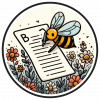

- 1 Resources
- 315 Discussions
- 11 Groups
Electronics / Embedded software engineer, specialized in audio technology.
- 0 Resources
- 0 Discussions
- 1 Groups
I am a conservation technology advisor with New Zealand's Department of Conservation. I have experience in developing remote monitoring tech, sensors, remote comms and data management.
- 0 Resources
- 0 Discussions
- 15 Groups
- 0 Resources
- 6 Discussions
- 4 Groups
Robotic engineer, working on environmental and biodiversity monitoring.

- 0 Resources
- 1 Discussions
- 3 Groups
This latest chapter in the Conservation Technology Series from WWF-UK looks at the opportunities, challenges and state-of-the-art of satellite remote sensing for conservation applications. This issue reviews available...
23 April 2018
Hundreds of people joined our #Tech4Wildlife photo challenge this year, showcasing all the incredible ways tech is being used to support wildlife conservation. We've seen proximity loggers on Tasmanian Devils in...
3 March 2018
Our panel of international experts has been hard at work reviewing the 47 proposals we recieved for innovative technological tools to address human wildlife conflict. The panelists have systematically been assessing the...
20 October 2017
The inherent complexity of not only deploying technologies in the field but also doing so in a scientifically rigorous manner can prove a substantial barrier for the effective use of conservation technologies, and clear...
11 October 2017
Its been a busy couple of months for the Open Acoustic Devices team. They've just returned back from Belize where they have been trialling the new AudioMoth design for gunshot detection. Find out what they've been up to...
27 June 2017
Are you ready for this year's #Tech4Wildlife Photo Challenge? In anticipation, we're counting down our ten favourite entries from last year. Do you think you can top these?
1 March 2017
The Conservation Leadership Programme (CLP) is a training and capacity building programme that targets individuals from developing countries who are early in their conservation career and demonstrate leadership...
21 November 2016
Do you work on conserving Neotropical migratory birds? Do you need funding? Why not apply for a grant from the U.S. Fish and Wildlife Service through the Neotropical Migratory Bird Conservation Act's grant program? The...
8 November 2016
Caves don't tend to be well-liked ecosystems, being extremely dark, often quite cramped, and slippery. And the creepy-crawlies that live within them can be the stuff of nightmares. Nevertheless, one's attitude towards...
25 July 2016
More than half of all primate species are endangered, including our closest living relative, the chimpanzee. Could Passive Acoustic Monitoring (PAM) be applied to primates as well as it has been for other taxa? In this...
29 June 2016
Since 2013, volunteer citizen scientists taking part in the Norfolk Bat Survey have generated over 1.2 million bat recordings, making this one of the most extensive high-quality datasets for bats collected by citizen...
5 February 2016
New horizon scanning report published this month identifies 15 emerging threats and opportunities for global biodiversity.
3 February 2016
June 2025
July 2025
September 2025
event
October 2025
November 2025
event
March 2025
event
February 2025
event
61 Products
| Description | Activity | Replies | Groups | Updated |
|---|---|---|---|---|
| If you search Digikey for a 'strain relief' you should be able to find a rubber grommet that will hold that mic without any additional machining. A blob of silicone will adhesive... |
|
Acoustics | 11 months 4 weeks ago | |
| Thanks Carly! I had reviewed some of the help files, but clearly not the right ones!My email is deanc5697@my.uwstout.edu |
|
Acoustics, Software Development | 11 months 4 weeks ago | |
| Hi Tabitha, What recording settings were you using when you saw these differences? I've measured the consumption across some different firmware versions and I can't see any... |
+10
|
Acoustics | 1 year ago | |
| Hello!Long time, no update. @StephODonnell suggested I post here with my thesis and some reflections. ---------------------------------------------------------TL;DR... |
+19
|
Acoustics | 1 year ago | |
| Hi Jesse,For a material to be acoustically transparent (in air), the speed of sound in the material times its density must match that of air. Realistically, any solid... |
+1
|
Acoustics, Animal Movement | 1 year ago | |
| Hi Steph, We appreciate the support! Thanks for the tag and your help managing the community!Patrick |
|
Sensors, Acoustics, Conservation Dogs, Emerging Tech, Open Source Solutions | 1 year ago | |
| Hi Sol,If the maximum depth is 30m, it would be worth experimenting with HydroMoth in this application especially if the deployment time is short. As Matt says, the air-filed case... |
|
Acoustics, AI for Conservation, Data management and processing tools, Emerging Tech, Sustainable Fishing Challenges | 1 year ago | |
| Oh wow, thank you so much!!!I will keep that four advices in mind! |
|
Acoustics | 1 year ago | |
| You won't get any audio if you don't allow enough time for the hydromoth/audiomoth to write. So when you do a continuous recording you need to experiment a little. I'm sure there... |
+3
|
Acoustics | 1 year ago | |
| Congratulations! My first hydromoth was just arrived yesterday and so excited! Looking forward for the update from your project!!! |
|
Acoustics, Animal Movement, Climate Change, Conservation Tech Training and Education, Data management and processing tools, Emerging Tech, Open Source Solutions, Protected Area Management Tools, Sensors, Software Development, Latin America Community | 1 year ago | |
| If you have the resources, I would suggest testing the sensitivity and directionality of the system at relevant frequencies both with and without an external mic, and let the... |
|
Acoustics | 1 year ago | |
| Totally agree.Inititally sceptical until I saw Helena and Graeme were involved.MJ |
|
Acoustics, Citizen Science, Community Base, Human-Wildlife Conflict | 1 year 1 month ago |
The New Way We Listen to Nature: A Tech Revolution in Conservation and Restoration
30 January 2025 7:44pm
WEBINAR: Birds of a Feather
23 January 2025 4:02pm
Applied Bioacoustics in Conservation and Practice
22 January 2025 6:54am
Nature Tech Unconference
Acoustics 2025 — Sounds of the Sunset Coast
17 January 2025 6:30pm
International Bioacoustics Congress IBAC 2025
17 January 2025 6:15pm
Looking for bird and bat audio datasets and related research for biodiversity AI project
8 January 2025 11:12am
13 January 2025 5:28pm
Thank you very much!
15 January 2025 10:38pm
I have made a bird audio classifier for New Zealand birds. My dataset is the wrong region for you, but you're welcome to use any of my code. https://github.com/Wologman/Kaytoo The tool its self can be found here: https://drive.google.com/drive/folders/1X5j77w7qw9ExdnA2P7-RM-2FwgJcFjR0
Regards,
Olly
16 January 2025 9:38am
Hey, please find here a dataset about nocturnal bird calls in Europe
[2412.03633] NBM: an Open Dataset for the Acoustic Monitoring of Nocturnal Migratory Birds in Europe
Abstract page for arXiv paper 2412.03633: NBM: an Open Dataset for the Acoustic Monitoring of Nocturnal Migratory Birds in Europe
Thesis Collaboration
4 January 2025 5:15pm
7 January 2025 12:32pm
Hi Simon,
Did you already contact INBO? Both biologging and citizen science are big themes at INBO. Last year we had a master thesis on camera trapping invasive muntjac. You can send me a private message for more info!
14 January 2025 3:30pm
Hi Simon,
We're a biologging start-up based in Antwerp and are definitely open to collaborate if you're interested. We've got some programs going on with local zoo's. Feel free to send me a DM if you'd like to know more.
15 January 2025 8:30am
Hi Simon,
We (Reneco International Wildlife Consultants) have an ongoing collaboration with a local University (Abu Dhabi, UAE) for developing AI tools (cameratrap/drone images and video analyses) and biomimetic robots applied to conservation (e.g https://www.sciencedirect.com/science/article/pii/S1574954124004813 ). We also have a genetic team working on eDNA. Field experience could be possible, in UAE or Morocco.
Feel free to write me back if you may be interested and would like to know more
Webinar: Drone-based VHF tracking for Wildlife Research and Management
9 January 2025 11:45pm
Joint ecoacoustic & camera-trapping project in Indonesia!
1 August 2024 5:29pm
9 December 2024 3:41am
Awesome Carly, thanks. Yes helps a lot. Those all sound like big improvements over the hardware we're currently working with.
13 December 2024 7:42pm
Hi Carly,
That would be great! Send me a message and we'll put something together after the holidays.
4 January 2025 5:27pm
Hello Carly,
Congratulations for this project!
I am studying right now a second MA in Environment Management. I would like to do my MA thesis project about these technologies (bioacoustics and camera traps). I wonder if you would be interested in a collaboration with me on that ?
I already have a professional experience so I think that my contribution could be interesting for you.
Thank you in advance for answering,
Simon
Use of acoustics to combat wildlife crime // Uso de acústica para combatir delitos contra la vida silvestre
14 October 2024 3:04pm
29 November 2024 1:09pm
Yes, thank you!
27 December 2024 2:00pm
Hola Vanessa,
Aside from whats already commented, did you find any interesting new leads on this? I'm also interested in ways ecoacoustic tech can be used against wildlife crime, both as in research development, but even more so in its short or long-term applications and how it can be truly adopted in source countries.
It seems to me research or work in this is still limited but there's potential! I'd love to stay in touch about it :)
31 December 2024 8:02am
Hey Xiona,
I see that you are from a university that is very close to where I live. I have a platform that is well suited for combating wildlife crime and I perceive that it’s rather a small step to go from where I am to where you guys are all asking for. I suspect the piece I’m missing could be generated pretty easily with AI.
Would you be interested in having a chat about this ? Perhaps we can embark on a project ?
Kim from near Sittard,
The Netherlands
Camera trap triggered by loud noise coming from inside a nest box
28 December 2024 6:31pm
29 December 2024 6:18pm
Well, I have an audio recording project (https://github.com/hcfman/sbts-aru), that records potentially with highly accurate clock if you want to do sound localization, but you can use it to both record sounds and process an audio pipeline at the same time. And I have an AI object detector and video alerting project that handles input and output I/O as well. But it has a flexible state machine build in. It doesn't have to trigger with video, it's trivial to make it trigger from anything else. Such as the audio reaching a certain level, or even an audio pipeline recognising a certain sound. It's just a rest http call to the state machine, then it can capture video frames, with pre-capture if needed as well.
It draws a lot of power though. But I haven't tested the power usage when not running with anb object detector though. The lowest power Pi it can run on is a Raspberry Pi 4.
I have intentions to combine the two of these projects at some point to make something that can trigger on both object detection and also audio detection. When I get time... which is the only barrier. Bit it's not my highest prio right now.
It would definately need solar panels though to make it run for a long time. But in principle it would likely not be very hard to tweak it to trigger on sound. If this becomes a really must have bit of functionality, you could reach out to me directly. But it might be a couple of months before I could put any time into something like this.
I know that various people are interested in things like detecting chainsaw sounds. This could do that sort of thing with the right pipeline, but I haven't even started to play with audio analysis pipelines yet.
30 December 2024 3:42pm
That's great, we are in no hurry since this would be for next year's reproduction season. We would also be interested in the Ai that you mention if it's able to detect big size birds (working with the southern ground hornbill). That way the camera would trigger whenever the parents enter the nestbox. I asked a little bit and solar panels shouldn't be an issue. But to explain it in a more detailed way (exactly what will be need it, which camereas can be paired with the program, anything else relevant, etc) maybe we could keep the conversation through email: quimagell@hotmail.com
Im trying to explain everything to my bosses and would be great to know exactly what will be needed besaides solar panels and the camera (since this kind of technology is really new we might need some clear instructions and guidance, my knowlodge extens to CT and solar panels to power survillance cameras at nests but that would be it..). Thanks so much before hand!
30 December 2024 6:28pm
Sounds good, will do.
My Journey with the Women in Conservation Technology Program
27 December 2024 1:50pm
Birdweather Puc use as a passive sensor
13 December 2024 6:46am
13 December 2024 3:07pm
Checking the Birdweather FAQ, I guess you need to be more detailed on the setup description. For example, if you use a powerbank to power the PUC that is NOT ALWAYS-ON, it may swich-off after some time. So details of your setup may matter.
Caveat, I do not have a PUC, but tried to understand you problem.
18 December 2024 1:03pm
Thanks for the advice Wade!
It will be great to hear Tim's feedback, but thanks for your advice! I think Lithium batteries are the next step for us. I have successfully gotten it working with a power bank attached, but that really impedes its portability. Will also fiddle around with the GPS per your recommendations...
18 December 2024 1:10pm
Hello Walter
Thanks for your input. I have achieved better results with the puc when hooking it up to a powerbank. Have got them set up to "recording only", and GPS to low power mode. Looking to now try eliminating the need for a power bank as that impairs the portability of the puc.
¿Conoces colecciones de sonidos de la biodiversidad en América Latina? / Você conhece coleções de sons da biodiversidade na América Latina?
17 November 2024 6:30pm
2 December 2024 2:44pm
He compilado esta lista de bibliotecas de referencia acústica!
I've compiled this list of acoustic reference libraries!
16 December 2024 3:01pm
Carly!
Está fantástica la lista. Me gusta la idea de diferenciar las colecciones de sonido y los conjuntos de dato para machine learning.
Acá comparto información sobre nuestra colección de sonidos ambientales:
- Colección de Sonidos Ambientales: https://colecciones.humboldt.org.co/sonidos/ , Multiple taxa, Global, 25k recordings, 1.3k species, mantenido por el Instituto Humboldt desde 1997.
Este recurso de BioacousticsIA me pareció particularmente interesante ya que está público, tiene una clara estrategia para mantenerlo al día y está diseñado para incluir muchos detalles sobre los conjuntos de grabaciones.
Muchas gracias! :D
16 December 2024 6:06pm
Added!
¡Agregada!
Insect call library
6 December 2024 8:28pm
6 December 2024 11:53pm
Hi Iqbal,
Xeno-canto has expanded the taxonomic scope and now has some insect calls there. There are a few insect-focused libraries listed on this compilation of bioacoustic reference libraries too. I believe there are aquatic invertebrates being added to the Freshwater Sounds Archive as well (led by @JackGreenhalgh). Ed Baker from NHM would be a good person to talk to - he's done a ton of work on insect bioacoustics.
Hope that helps a bit!
-Carly
9 December 2024 3:39pm
Hi Carly,
I've found and made use of Xeno-canto's libraries in the past, but for the current project plan to actually build a library myself. Thanks for the pointer to Ed Baker, I'll definitely follow up on it.
Cheers,
Iqbal
13 December 2024 1:36pm
Hi Iqbal,
I'm sure you could get some good feedback on this from XC users on this, particularly on the subject of protocols, recording settings, etc. So maybe a nice idea to post it on the forum there.
cheers,
Bob
Xeno-canto.org
AI Researcher / Doctoral Candidate
11 December 2024 1:45pm
Recovery Ecology Post Doctoral Associate - San Diego Zoo Wildlife Alliance
26 November 2024 11:47pm
unsupervised machine learning to infer syntax and temporal organisations of animal vocalizations
7 September 2023 3:02pm
26 November 2024 3:41pm
Super interesting work! Maybe one day you will also be able to have a career as a science fiction writer. Lot of interesting outcomes can come of this. ❤️
New model for Europe - AvesEcho
15 November 2024 8:02am
18 November 2024 5:48am
My first test with known samples resulted in mixed results.
No one else looking into the model?
Greetings,
Robin
26 November 2024 1:01pm
It's still a bit early days. For nocturnal flight calls (which are the majority of the mysteries) the recordings are generally of poor quality and the model doesn't find anything (according to the tresholds we have set). We are running the model in the background on focal recordings from Europe as well, and there performance is pretty good. As we are not runnign BirdNET alongside AvesEcho, I cannot say at this stage which one is better, but my expectation is that AvesEcho should be an improvement, as it is based on BirdNET and is then further trained with more focal recordings. But time will tell if that is indeed the case!
New book: Sound Identification of Terrestrial mammals
17 November 2023 1:55pm
4 October 2024 11:38pm
This looks awesome!
AmazonTEC: 4D Technology for Biodiversity Monitoring in the Amazon (English)
25 November 2024 8:33pm
Winterproofing SongMeters
6 November 2024 10:34pm
19 November 2024 5:30pm
Thanks, Troy! Makes sense. Average winter lows where we'll be deploying are right around freezing-- perhaps a few days that dip into the 20*F range, but not many. Definitely colder than is ideal for alkalines... but maybe Energizer Ultimate Lithium AAs would get them through?
My collaborators are hoping to monitor through the cold season for multiple years, so if they end up purchasing new units for this project specifically, I will steer them towards OwlSense units! We've been super happy with them at IBP.
19 November 2024 5:30pm
Very helpful; thank you, Akiba!
21 November 2024 4:12pm
I think lithium AAs would be ideal, but since it's not likely to be super cold I think you could get away with Alkaline if you're ok with somewhat reduced runtimes.
Arctic Acoustic Technician
19 November 2024 6:30pm
Help us test PAMGuard for macOS
19 November 2024 12:16pm
Owl Sense Audio Recorders
16 November 2024 5:32pm
18 November 2024 8:09pm
Nice to see you mention the primo EM172 mic capsules. Those are the ones that I use with my pi based recorder. They are the gold standard I think. But no mems microphone is going to be able to reach that same quality I think. At least none that I’ve seen.
Sounds like your made a mighty fine product.
19 November 2024 3:00am
Thanks Kim. Primo makes some good microphones and undeniably they are going to be better than any MEMS microphone. I do think folks underestimate what MEMS can do these days. Infineon really did some remarkable work with their IM73D122 microphone. It's significantly better than what's in an AudioMoth and even though its rated at the same SNR of a WA Micro, it subjectively sounds much better to me and others I've talked to. I'm excited to see what Infineon launches next, they've been leading the way with MEMS mics the last few years. Fortunately, Owl Sense is designed with a separate microphone board with the goal of offering better user-replaceable microphones when they are available!
19 November 2024 6:21am
The figures come very close to the primo mic. When I looked into this a couple of years ago I don’t recall seeing one come this close.









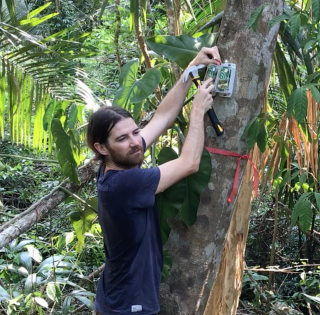

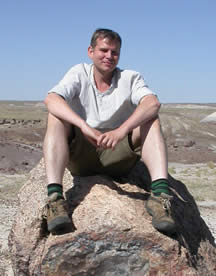



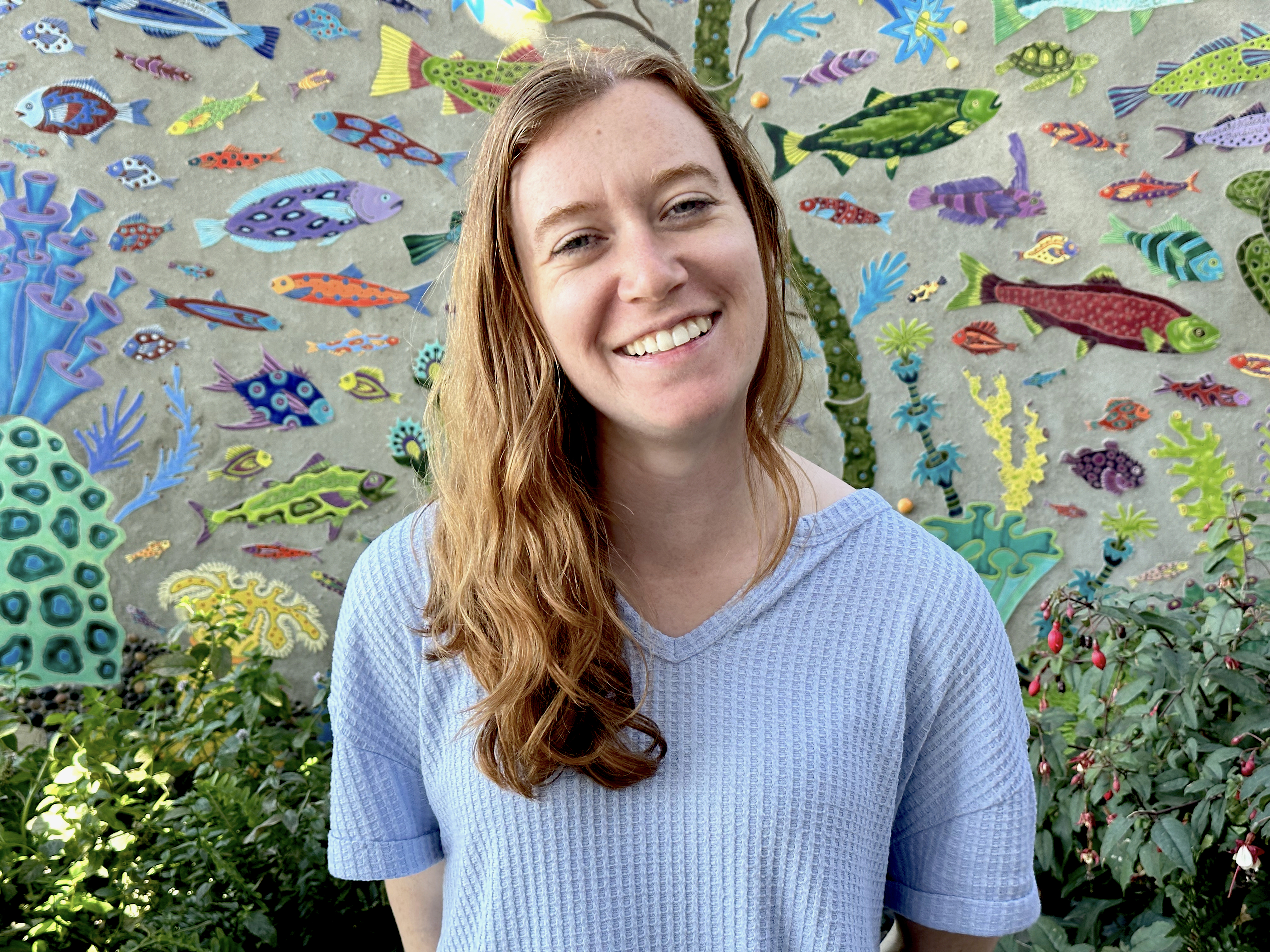




































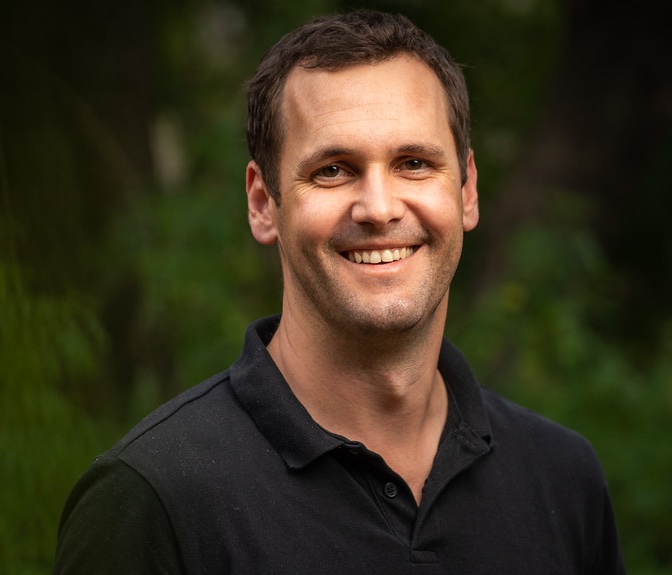






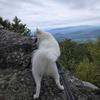







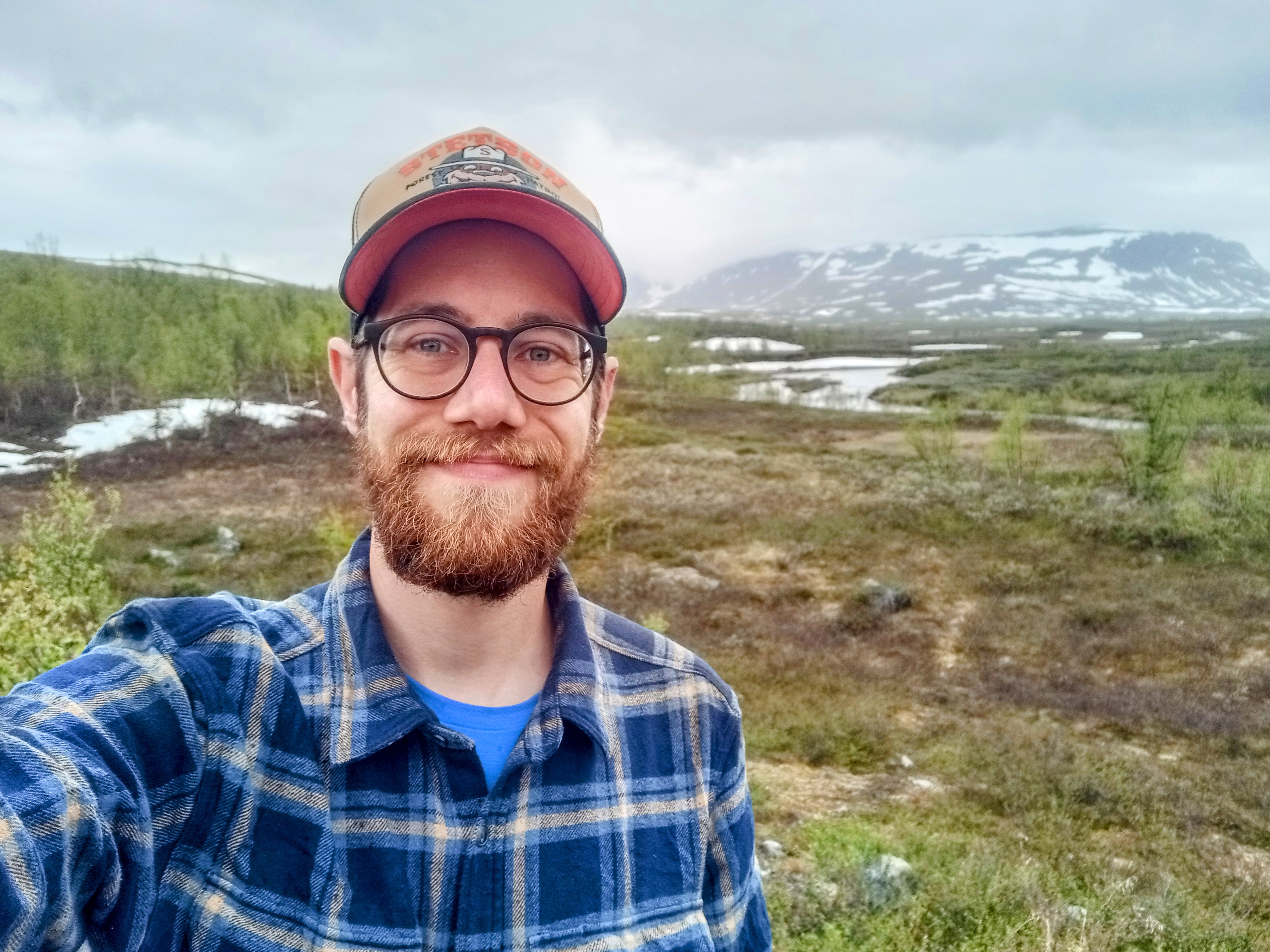






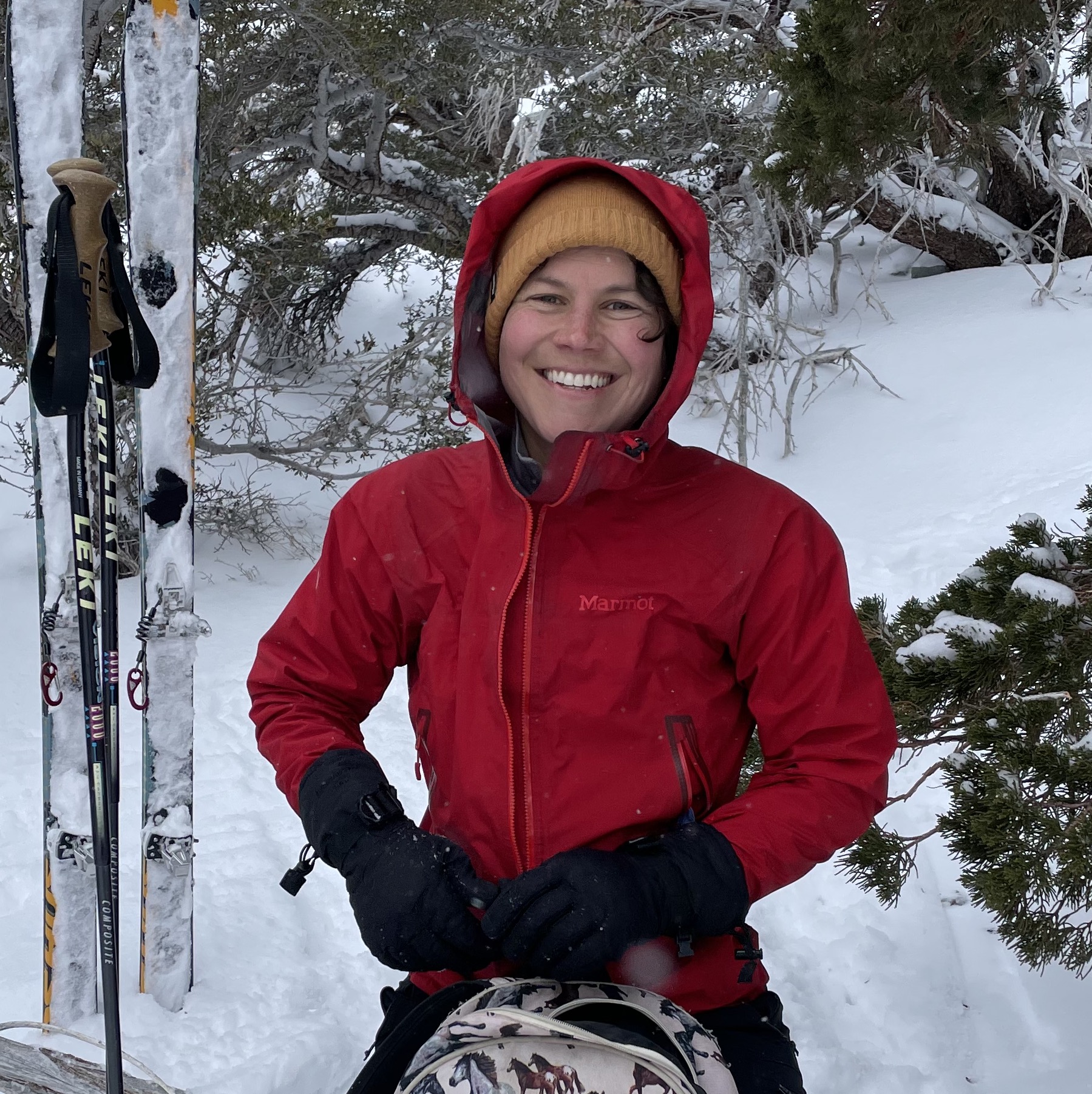



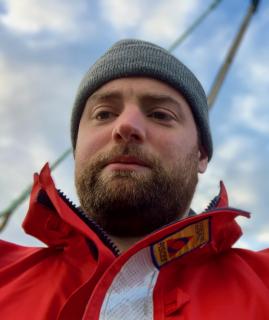


8 February 2025 11:03pm